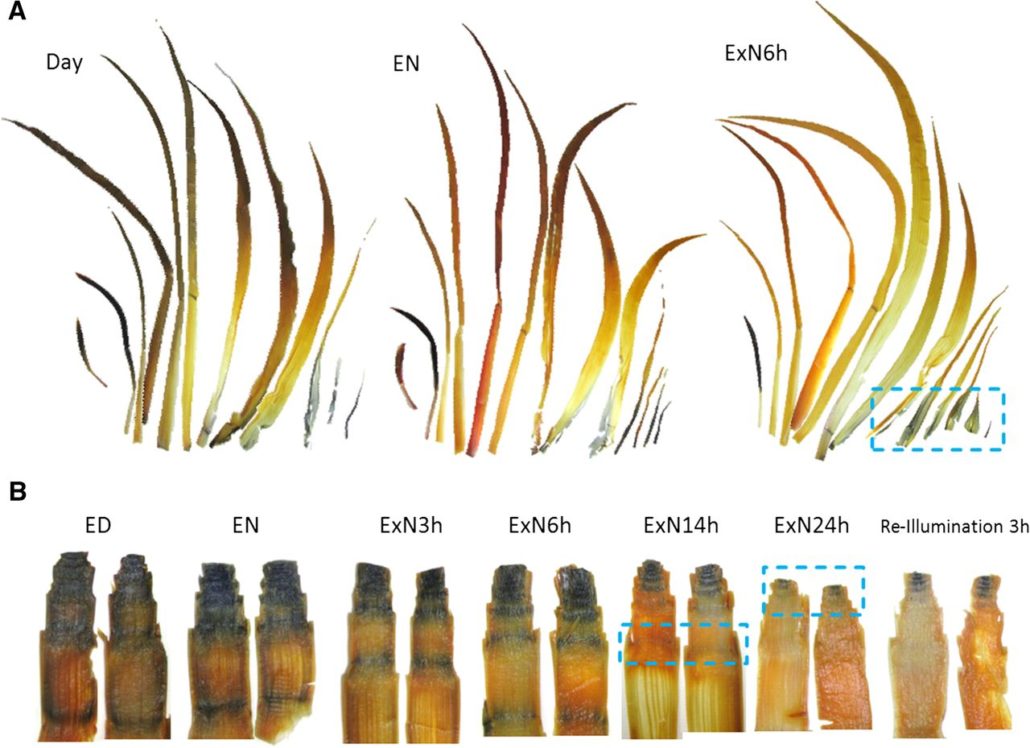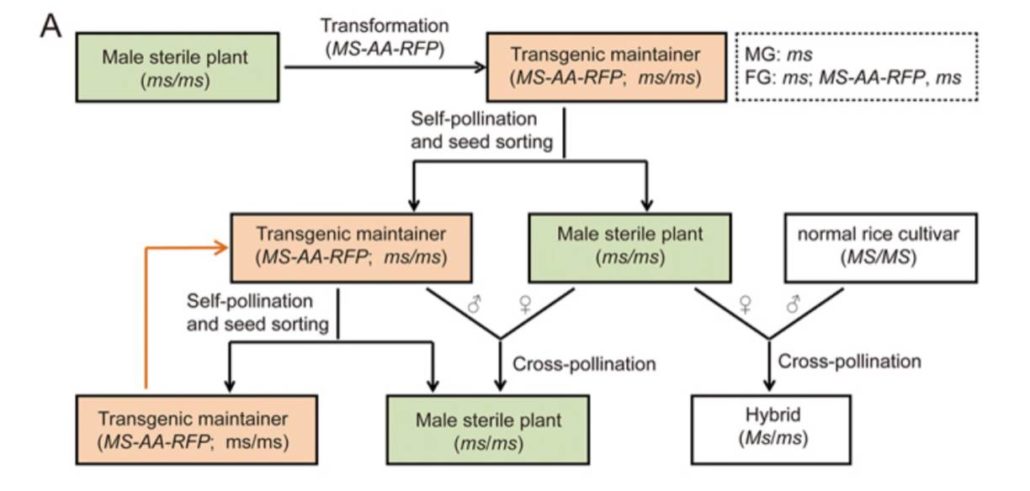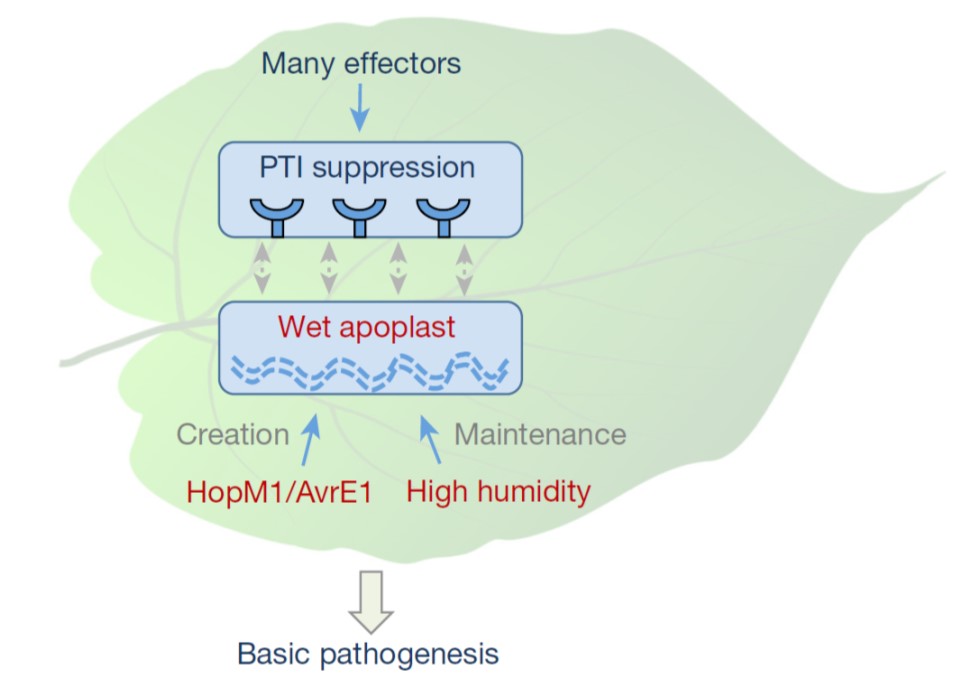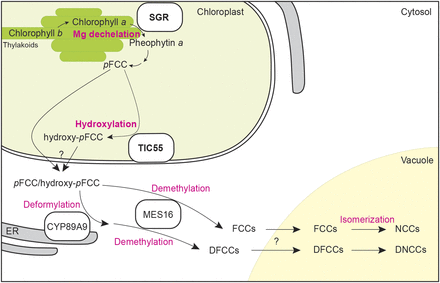
The Power of Plasticity in Polyploid Persimmon
0 Comments
/
IN BRIEF by Jennifer Lockhart jlockhart@aspb.org
Most plants are hermaphrodites, producing perfect flowers with both male and female functions. In roughly 6% of plants, however, male (usually XY) plants produce only male flowers and female (XX) plants produce only female flowers. These dioecious plants…

Best of 2016: Top Topics in Plant Physiology jounal
We’ve highlighted some of the Plant Physiology papers that were widely shared, liked, blogged, retweeted and otherwise garnered high-levels of attention this year. Perhaps you can use some of that holiday-season quiet time to catch up on those you missed.
The breakaway attention-getter from Plant…

GARNet2016 CRISPR/Cas workshop presentation
Slides from the recent CRISPR/Cas workshop held at the GARNet2016 meeting are now available to download. Organized by Vladimir Nekrasov and Amanda Hopes (The Sainsbury Laboratory/University of East Anglia, UK), the workshop title was, "Introduction to CRISPR-Cas, troubleshooting target design…

Adaptive evolution of complex traits explored through genome biogeography
It has been stated that adaptive evolution occurs in plant populations with respect to various complex traits. Olofsson et al. validated the hypothesis that different components of a complex trait can evolve in isolation and later be combined by gene flow by using C4 photosynthesis as a study system.…

Construction of a male sterility system for hybrid rice production via nuclear male sterility gene
Traditionally, the production of hybrid maize seed involved the removal of male flowers to prevent self-fertilization of the female flowers. Rice produces bisexual flowers, so mechanical emasculation is not as amenable. Therefore, hybrid rice production requires that the female parent be genetically…

Bacteria establish an aqueous living space in plants crucial for virulence ($)
Although it is widely accepted that high humidity has a strong influence on plant diseases of the phyllosphere (the above-ground portions of the plant), the molecular basis is not understood. Xin et al. report that an important step in bacterial infection of the phyllosphere is a pathogen-driven…

It’s Not Easy Not Being Green: Breakthroughs in Chlorophyll Breakdown
IN BRIEF by Jennifer Mach jmach@aspb.org
Plants can dispose of organs such as leaves and recycle the nutrients in these organs into new leaves, seeds, or storage organs. However, when separated from its photosystem proteins, chlorophyll can be phototoxic, absorbing light and producing high-energy…

